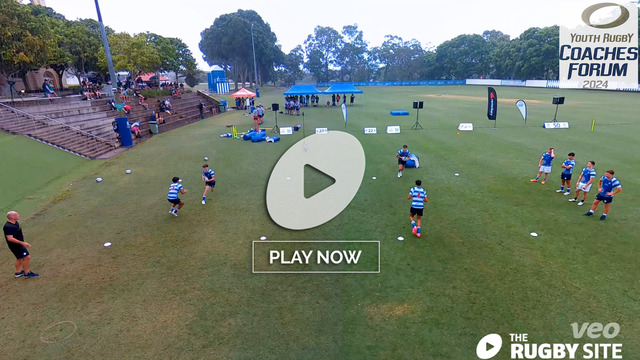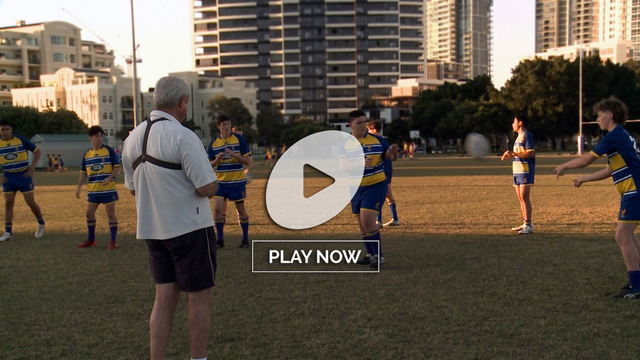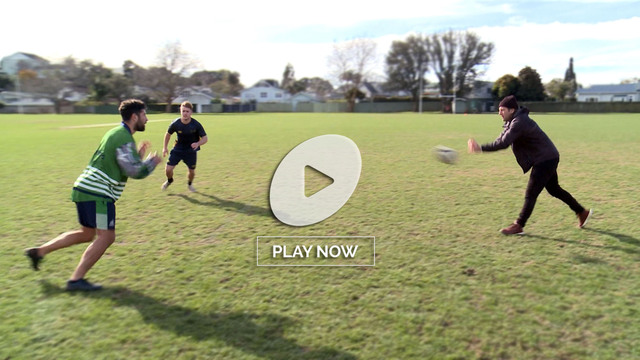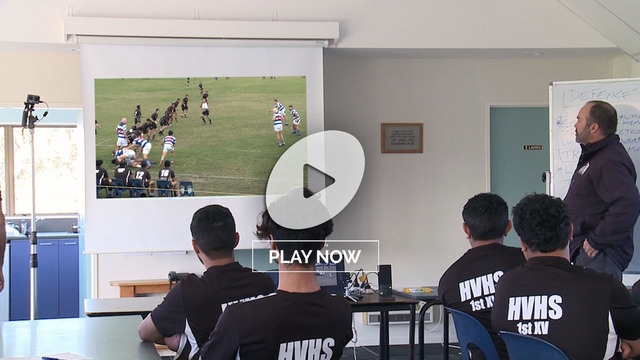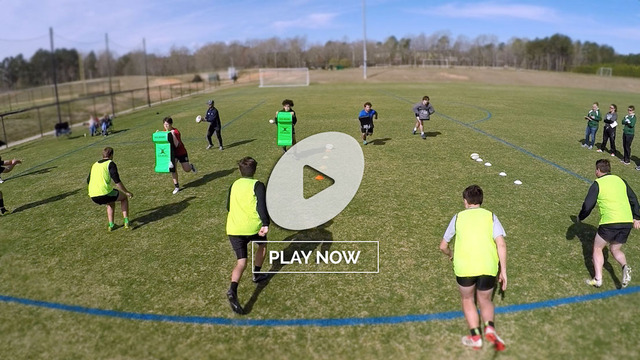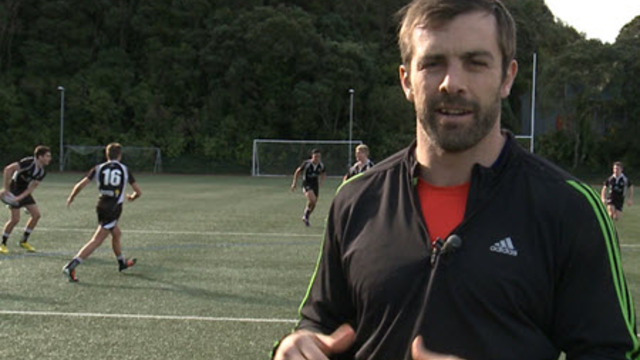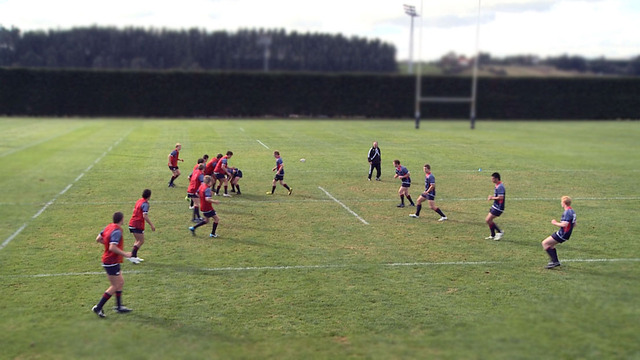The ability to steal possession in defence is a key attribute for many a successful rugby team.
Firstly and most obviously, regaining control of the ball relieves defensive pressure and considerably decreases the possibility of conceding a try, drop goal or penalty. Secondly, a turnover presents the stealing team with a disjointed opposition defence; there is likely to be space to run into, pass out to, or find with the boot.
Turning over possession in contact is highly desirable, with the choke tackle something that is employed by Irish teams particularly well in that regard. Stripping the ball clean out of an attacker’s hands is also useful, but with individual strength levels becoming more uniform, it is a rare technique.
Read ‘How to avoid choking’ by Murray Kinsella
Forcing errors with pressurising defence can ensure a turnover of possession too, but the most renowned method is the steal at the breakdown, with a defensive player getting his hands on the ball before the ruck has been formed and either cleanly retrieving it for his/her own team or, more commonly, winning a penalty as he/she forces the ball carrier to cling onto the ball.
Darren Cave – 13 – of Ulster and Ireland provides us with a fine example of such an action in the video below.
The outside centre bides his time, allows Jared Payne and the excellent Dan Tuohy to complete the tackle, before pouncing over the ball into that ‘jackal’ position. This type of turnover has become the classic and the ‘norm’ for defences.
Learn from the world’s best rugby minds. Subscribe today
What we have been seeing less of in recent times is the counter-rucking turnover, carried out after a ruck has been formed over the tackle and with the threat of any jackling defenders already reduced. This type of turnover relies on the defensive team committing lots of men to the ruck, something that many coaches appear to be unwilling to do.
Aggressive defensive line speed is an increasingly common trait in rugby today, something that almost all teams believe is a positive. While rushing up off the defensive line doesn’t necessarily require huge numbers if the defenders are accurate in picking out ball carriers, there is certainly safety in having more players in that defensive line.
As a result, we see many teams ‘standing off’ defensive rucks, maybe only committing a single defender apart from the actual tackler. That man will be tasked with attempting to get his hands on the ball in an effort to slow attacking possession, steal the ball or simply to cause a little disruption at the ruck. Some sides will go a step further and commit no one apart from the original tackler.
What it all means is that we are seeing less counter-rucking in numbers. Yes, there are many, many instances of an individual defender smashing himself into rucks in an effort to drive over the top, but it’s quite rare to win those one-on-ones or, more likely, one-on-twos at the ruck area. The sight of defending players piling into the ruck is simply not a common one today.
That made the example below, during the Ireland Wolfhounds clash with the England Saxons all the more notable.
First off, it’s a strong tackle from Fergus McFadden, stopping Elliot Daly dead in his tracks. Felix Jones enters the fray in an early attempt to get into that jackal position, but Luke Wallace rolls him away from the ball with a ‘tin-opener’ or ‘can-opener’ rucking technique. McFadden has bounded back to his feet and engages the somewhat disinterested Anthony Watson.
Tommy O’Donnell and Rob Herring are next on the scene, and instantly recognise that England are short of numbers; the turnover is on. The pair of forwards add their power to the mix and blast Watson and Saxons hooker Jamie George off the ball. Jones and Darren Cave also join the ruck to ensure the clean turnover for Ireland.
Technically, all the Irish players go off their feet on the other side of the ruck but it would be harsh for the referee Ian Davies to penalise them in this instance, considering that it was Watson who goes to deck first, rolling that Irish momentum onto the ground with him.
Watch Joe Schmidt on ‘Attack Fundamentals’
This was a clear example of the defensive team recognising the opportunity for a turnover, presented by the lack of support players England had in that wide channel. Targeting a counter-rucking turnover at every single ruck would obviously be foolish, leaving the side short on numbers elsewhere if unsuccessful.
However, chances like the one above will present themselves on occasion and if defenders are switched on to the possibility, as the Wolfhounds were, there are turnovers to be had. The attention to detail of Joe Schmidt, as well as the technical coaching skills of Anthony Foley, were all over this specific example and it would be good to see the senior Irish team do more of it in the Six Nations.
Does your team look to make turnovers in this manner, or is defence all about having bodies in the line? Can we coach this specific type of turnover or is it simply a mindset thing? All thoughts and opinions are welcome…
Murray Kinsella is a staff writer with TheScore.ie



